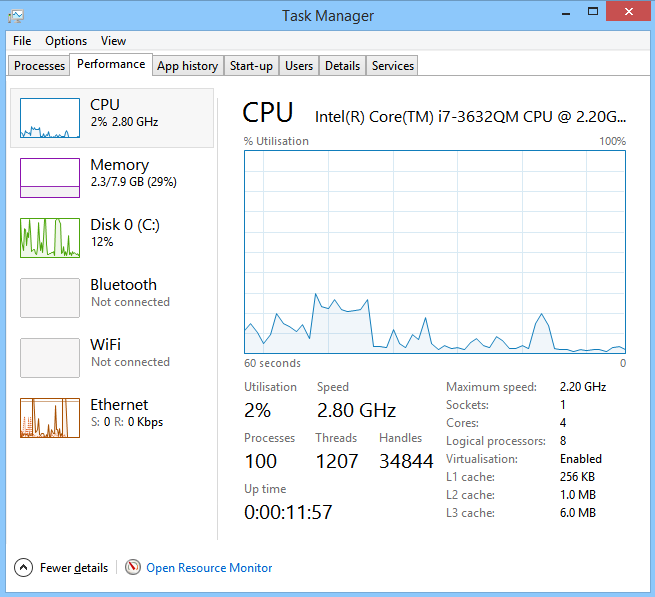What is a computer
A computer is a machine that can be instructed (programmed) to carry out sequences of operations automatically. A computer system is a "complete" computer that includes the hardware, operating system (main software), and peripheral equipment needed and used for "full" operation. This term may also refer to a group of computers that are linked and function together, such as a computer network or computer cluster.
Conventionally, a modern computer consists of at least one processing element, typically a central processing unit (CPU) in the form of a microprocessor, along with some type of computer memory, typically semiconductor memory chips. The processing element carries out arithmetic and logical operations, and a sequencing and control unit can change the order of operations in response to stored information. Peripheral devices include input devices (keyboards, mice, joystick, etc.), output devices (monitor screens, printers, etc.), and input/output devices that perform both functions (e.g., touchscreen)
| click here to Learn Python the easiest way |

What is a CPU
The CPU is where all the work of the computer is done. It is made up of a control unit (CU), registers (temporary memory in the CPU where intermediate results are generally stored for faster access), and an arithmetic logic unit (ALU). The CPU has a fetch-decode-execute cycle: one instruction is fetched from memory by the control unit and translated into binary numbers, which are stored in registers. These numbers are passed into the ALU, which executes the logical or arithmetic operations necessary.
Modern computers often have more than one processing unit, called a core, in the CPU. Some high-performance computers have many cores that operate as separate processors within a single chip. By using multiple cores, the performance of a CPU can be increaded drastically.
| click here to Learn Python the easiest way |
What is clock speed of a CPU
The clock-speed of a processor is a measure of how many instructions it can carry out per second. This is measured in megahertz (MHz) or gigahertz (GHz). A 1.5 GHz processor can carry out 1.5 billion instructions a second. It is possible to override the setting that determines clock-speed on a computer to make it run faster. This is called over-clocking, but it can cause data corruption and damage to the computer through overheating..
Alternatively referred to as clock rate and processor speed, clock speed is the speed that the microprocessor executes each instruction or each vibration of the clock. The CPU requires a fixed number of clock ticks, or cycles, to execute each instruction. The higher the frequency of the CPU's clock, the more logical operations it can perform per second. So, as the frequency of the CPU's clock increases, the time required to perform tasks decreases. Clock speeds are measured in MHz, 1 MHz representing 1 million cycles per second, or in GHz, 1 GHz representing 1 thousand million cycles per second. The higher the CPU speed, the better a computer performs, in a general sense. Other components like RAM, hard drive, motherboard, and the number of processor cores (e.g., dual-core or quad-core) can also improve the computer speed. The CPU speed determines how many calculations it can perform in one second of time. The higher the speed, the more calculations it can perform, thus making the computer faster. While several brands of computer processors are available, including Intel and AMD, they all use the same CPU speed standard, to determine what speed each of their processors run. If a processor has dual or quad-cores, the computer's performance can increase even if the CPU speed remains the same. A dual-core 3.0 GHz processor would be capable of performing double the number of calculations as a single-core 3.10 GHz processor.
| click here to Learn Python the easiest way |


